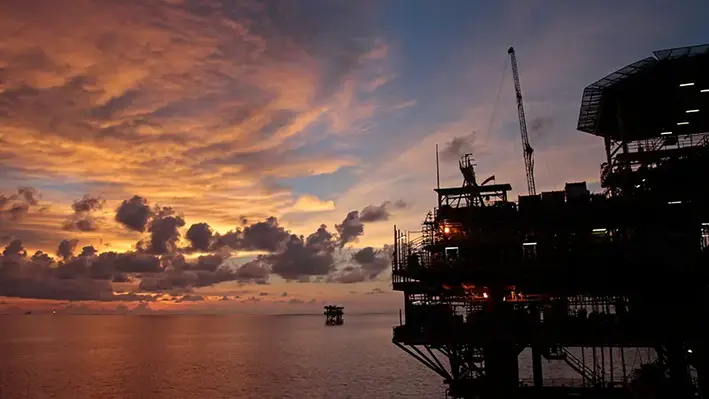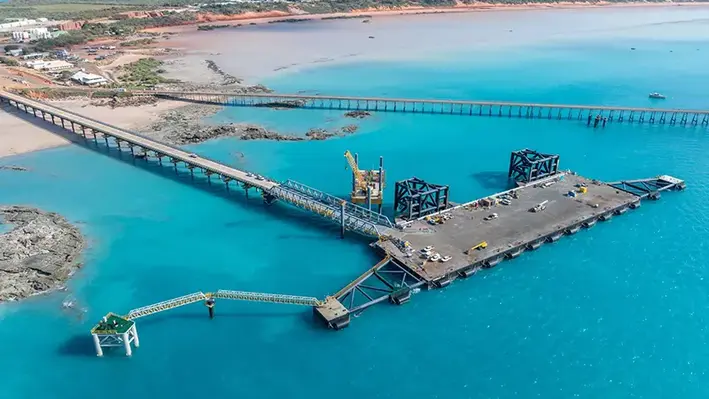 South East Asia’s decommissioning challenge is at a pivotal point. With an estimated 1,500 platforms and 7,000 wells nearing decommissioning by 2030, it is a challenge that is coming into sharp focus. But which country faces the greatest test?
South East Asia’s decommissioning challenge is at a pivotal point. With an estimated 1,500 platforms and 7,000 wells nearing decommissioning by 2030, it is a challenge that is coming into sharp focus. But which country faces the greatest test?
While Southeast Asia is a region with profound market differences, each of the main oil and gas-producing states faces a stern test ahead. According to recent insight article by Bureau Veritas South East Asia, the decommissioning journey ahead will not be simple, but with billions of dollars at stake, sustainable, economic and effective solutions must be found.
Indonesia
With over 630 offshore platforms, many of which are over 40 years old, Indonesia faces a great challenge ahead. Despite its comparatively limited decommissioning experience, Indonesia’s regulatory body, SKK Migas, is focused on enhanced oil recovery initiatives and maximising output from existing assets before decommissioning, notes Bureau Veritas, a world leader in testing, inspection and certification services. However, initial projects such as the Anoa field’s decommissioning and the removal of the Belanak floating storage and offloading unit have provided important learnings for future activity, it adds.
Brunei
Brunei is home to some of the oldest oil and gas infrastructure anywhere in the wider Asia Pacific region. It is prioritising the phased abandonment of its shallow-water fields, including the Champion and Ampa fields, according to the Bureau Veritas article. With 214 offshore platforms and over 1,400 wells, the nation’s petroleum infrastructure is extensive, though, it notes. Decommissioning activities are supported by updated guidelines developed in collaboration with Brunei Shell Petroleum.
Malaysia
It is estimated that around 40% of Malaysia’s 300-plus offshore platforms are now over 30 years old — moreover, a significant number are operating beyond their design life. To address this problem, state oil company, Petronas, plans to invest around US$2bn in decommissioning activities over the coming decade. Future plans include plugging and abandoning approximately 153 wells and the abandonment of about 37 offshore facilities, as well as one onshore facility connecting the Sabah-Sarawak Gas Pipeline.
Thailand
With 450 offshore platforms, Thailand is channelling its decommissioning efforts through initiatives such as Decomm 2.0, the Bureau Veritas article notes, which streamlines regulatory approvals under the Thailand Department of Mineral Fuels. According to Bureau Veritas, the nation’s legal framework, rooted in its Petroleum Act, provides “a strong foundation” for efficient and sustainable decommissioning activities.




